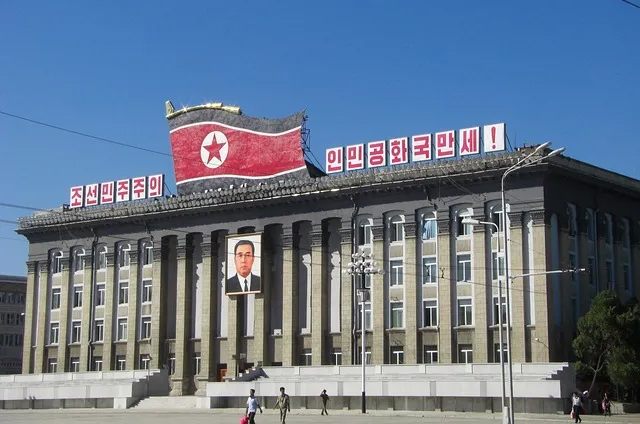- Asian

-
trademark law
The current trademark law in North Korea was established on May 2, 1983 and officially came into effect on June 1, 1983. The old trademark law of 1968 was also abolished.
-
Application principles
North Korea adopts the principle of prior registration, and the prior applicant of a trademark enjoys exclusive rights to the trademark.
-
Registered types
The types of registered trademarks in North Korea include commodity trademarks, service trademarks, collective trademarks, and certification trademarks.
The trademark applied for registration must be a visual symbol, including text, graphics, letters, numbers, three-dimensional symbols, color combinations, and combinations of these elements. -
Registration category
North Korean goods and services are not classified, but each trademark registration application can only include one type of product. Any organization or enterprise can apply to register the same trademark in different categories, or apply to register different trademarks in different categories. Each trademark registration application can only include one trademark.
-
Duration
The validity period of a registered trademark in North Korea is ten years. If it needs to be continued to be used after the expiration of the validity period, an application for renewal should be made, and the validity period of each renewal is ten years.
-
The constituent elements of unregistered trademarks
1. The common name for a specific product or service;
2. Being identical or similar to another person's registered trademark on the same or similar goods;
3. Well known both domestically and internationally in North Korea;
4. Without permission, identical or similar to the name, emblem, mark, flag, national emblem or its abbreviation of a country or international organization;
5. Contrary to the laws, regulations, morals, order, traditions, and public interests of North Korean socialism;
6. Contrary to the content of international treaties to which North Korea is a party. -
Joined treaties and organizations
North Korea is a member of the Paris Convention for the Protection of Industrial Property, the Madrid Agreement on the International Registration of Marks, the Madrid Protocol on the International Registration of Marks, and the World Intellectual Property Organization.
Due to North Korea's accession to the Madrid Organization and membership in the Madrid Agreement, registration can be done directly by submitting a registration application to the North Korean Invention Committee or by designating North Korea through Madrid registration.
Search whether the applied trademark is similar or identical to someone else's previously applied or registered trademark in North Korea to avoid unnecessary trademark infringement disputes;
The applicant submits a formal trademark application to the North Korean Invention Committee and submits the corresponding documents;
After receiving a trademark application request, the North Korean Invention Committee will conduct two rounds of examination on the form and substance of the trademark application to determine whether it meets the basic registration requirements.
If the application documents are incomplete, the applicant shall make up for the missing documents within 3 months of receiving the written notice, otherwise the application will be rejected. After the formal examination, the North Korean Invention Committee will conduct substantive examination on the trademark registration application with complete application documents, including examination of the distinctiveness of the trademark, whether it violates the prohibition and prohibition clauses, and whether it conflicts with the prior trademark.
After examination, trademarks deemed eligible for registration by the North Korean Invention Committee will be published in official North Korean journals, during which anyone can raise objections;
According to the announcement, trademarks with no objections or no objections will be approved for registration by the North Korean Invention Committee and a trademark registration certificate will be issued to the applicant.
1. The applicant's Chinese and English names and addresses, applied as a legal entity, accompanied by a copy of the business license or valid registration certificate stamped with the official seal; Apply as a natural person with one copy of personal identification document attached;
2. The categories and names of goods/services that require protection;
3. Trademark design (required to be clear and of good paper quality. If it is a color trademark, 1 black and white draft and 5 color drafts must be submitted; the specifications must not be less than 5cm × 5cm, and the maximum should not exceed 10cm × 20cm);
4. Signing of power of attorney;
5. The power of attorney requires a recognized certificate.




